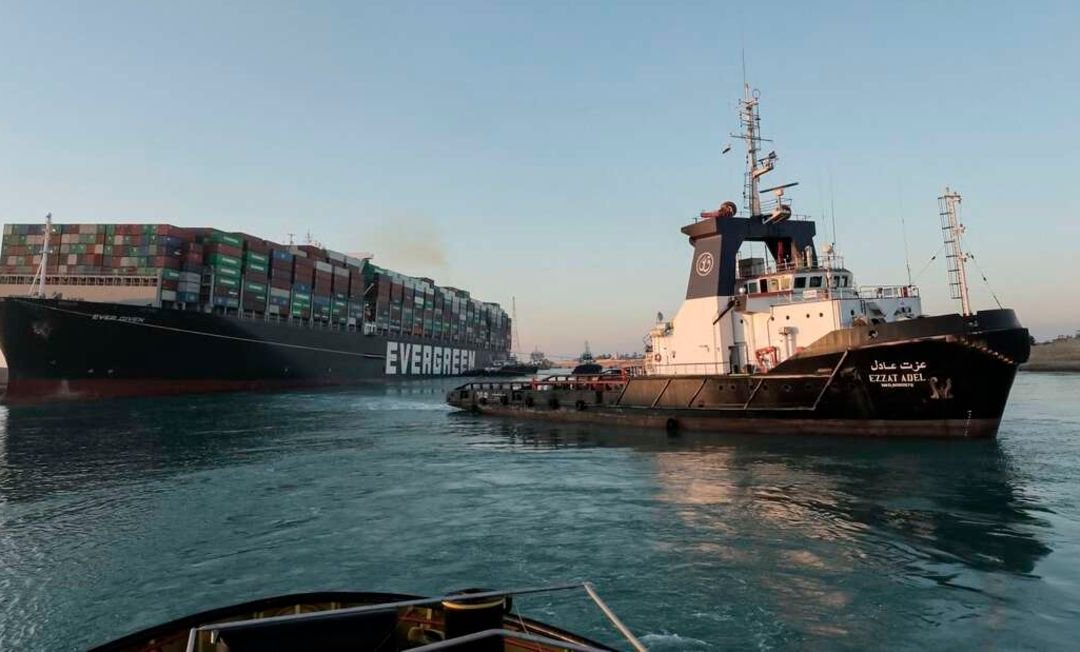Global freight movements continued to dwindle in the first two months of 2023 as manufacturers and distributors struggled to reduce excess inventories and cope with rising interest rates and increased caution among buyers.
Container flows fell further in January and February compared with the same months a year earlier, showing the inventory-liquidation cycle was not over yet:
Singapore’s seaborne container shipments were down 6% in February compared with a year earlier, one of the steepest falls since the first wave of the pandemic.
Japan’s air cargo through Narita airport, used for higher-value and more time-sensitive merchandise, was down 33% in January after a 24% year-on-year drop in December.
London’s Heathrow handled 6% less air cargo in January than a year earlier after moving 11% less in December.
In response, freight rates have slumped to the lowest level since the first wave of the pandemic, which peaked in April and May 2020, as volumes have shrivelled and excess capacity has emerged.
In the spot market, the cost of moving a box from China to the West Coast of the United States by sea has tumbled to just over $1,000 per forty-foot equivalent unit (FEU) down from almost $16,000 a year ago.
The spot rate from China to North Europe has fallen to less than $1,400 per FEU from almost $14,000 a year ago, based on the Freightos Baltic Exchange index.
Most shipping containers are moved onwards inland by road or rail so there has also been a sharp drop in the number of units transferred.
In the United States, the number of containers hauled on the major railroads in the first 10 weeks of 2023 was down by 9% compared with the same period in 2022.
Some of the drop in freight has been driven by the rotation back to spending on hospitality, travel, leisure and other services and away from merchandise after the pandemic.
The extent of that reversal has caught manufacturers and retailers by surprise and left them holding an enormous volume of excess raw materials, work-in-progress and unsold products.
More recently, persistent inflation, rising interest rates and a darkening economic outlook have begun to weigh on sales of expensive, interest-sensitive items such as vehicles, computers and housing-related products.
Since the start of the March, the eruption of a banking crisis in North America and Europe is likely to tighten credit conditions and deepen the pull back in the short term.
Postponing purchases of durable goods is one of the easiest ways for businesses and households to reduce spending and conserve cash.
As a result, it now seems probable that inventory liquidation and cautious buyer behaviour will continue to weigh on freight movements through at least the second quarter.
Thereafter a freight recovery depends on the United States, Europe and the other major economies averting a full-blown recession.
Source: Hellenic Shipping News





